It’s rare to gather three generations of artists around a table, to eat, drink and discuss the past, present, and future of the rich artistic traditions of New Mexico. And that meal might not have happened if it weren’t thanks to a circa-1840s altar screen. Julia Platt Leonard shares the story.
100 Years of History at the Spanish Colonial Art Society
The altar screen was the first acquisition made by the Spanish Colonial Art Society (SCAS) in 1928. The over seven-and-a-half-foot artwork was purchased by SCAS from the village chapel of Llano Quemado, New Mexico. Today that collection, housed in the Nuevo Mexicano Heritage Arts Museum (NMHAM) on Santa Fe’s Museum Hill, has grown to nearly 4,000 objects.
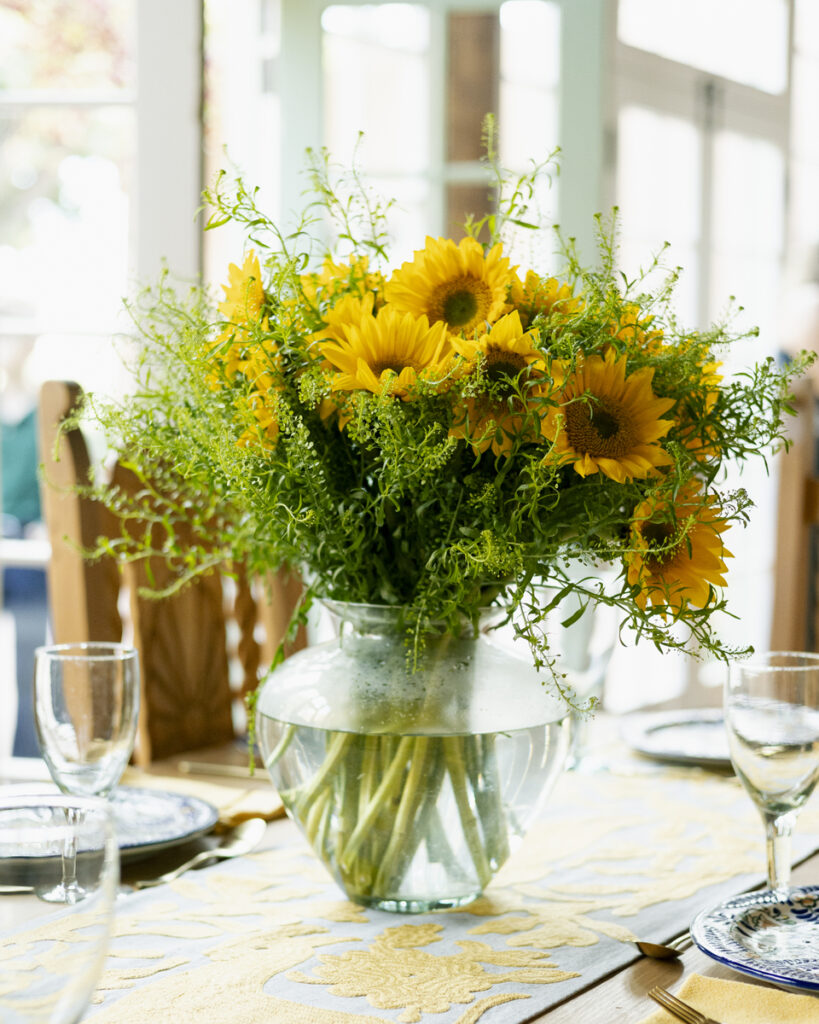
Many of the artworks date back to the 17th, 18th, and 19th centuries. Some, such as the screen’s creator, New Mexican santero José Rafael Aragón are named, but others aren’t. Many objects were made by unknown artists for family chapels, or simply to bring beauty and joy to their lives.
And while the collection is rich with historical pieces, more than half come from contemporary New Mexican makers. The Museum isn’t only an historic record of long-deceased artists, but also an important reminder that these arts are alive and well and thriving in New Mexico.

Bringing All Ages of Artists to the Table
To celebrate SCAS’s 100th anniversary, it was appropriate to look forward, as well as back by hosting a multi-generational dinner of artists. Jean Anaya Moya, her son Craig and his three children all work in straw applique. Arthur Lopez is a contemporary santero wood sculpture artist, and his wife Bernadette creates stunning silver jewelry, incorporating plants and flowers in her designs. They also work together to create wearable art that combines their two media.

Listening to the artists share their stories over dinner, it was clear that the connection to those who went before them, is very much present in the work they do today. But while materials and motifs may remain constant, each piece is different, because it bears the mark – the inspiration – of the maker. While Jean’s work is largely pictorial for example, her son Craig creates complex and intricate geometric designs.

The Spanish Colonial Art Society and Education
That spirit of individuality is one reason she relishes the opportunity to work with school children who visit the Museum. For the kids – some of whom wouldn’t think of themselves as artists – it’s an opportunity to question that assumption and think that maybe they too can create something that reflects their life and experiences. “They can see so many different examples (of work at the museum) and know that what they create is just as meaningful because there’s no one way to do it,” Jean says.
“It’s a thrill for an artist like me to be able to say, ‘Look, this is what we’re going to create today and look at how they use this one shape – like a diamond – and how many designs they created just from that one shape,’” says Jean.
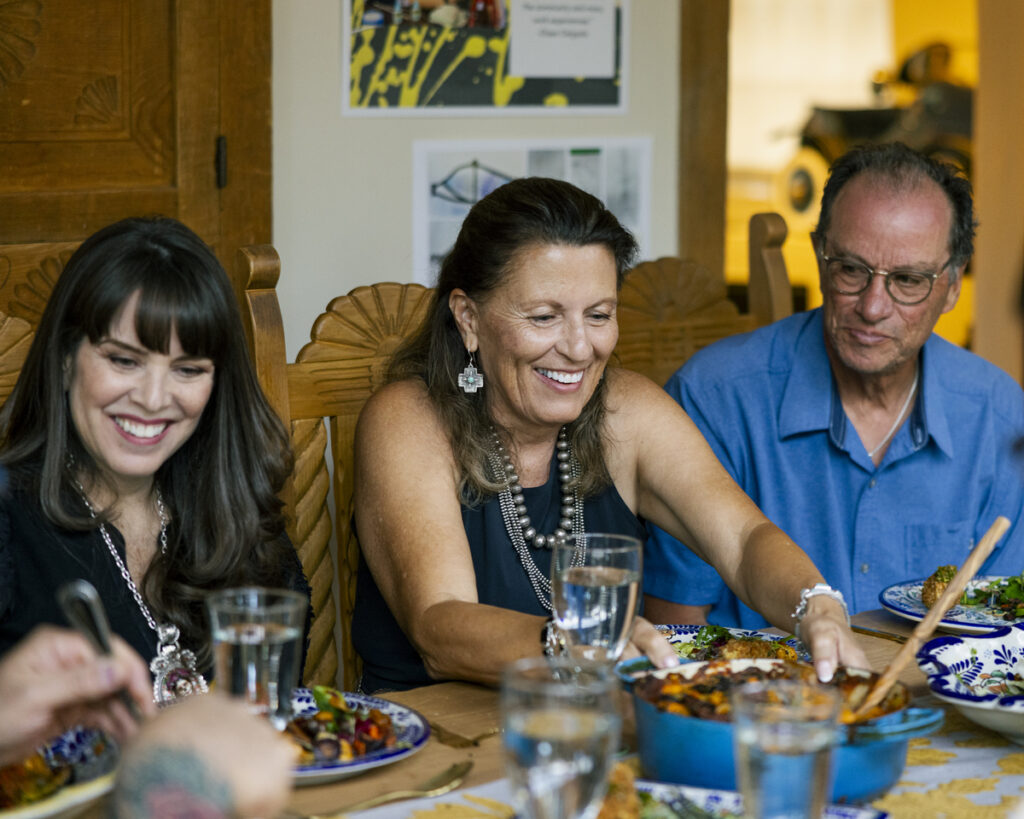
Jean’s grandchildren discovered a passion for art early on, just as she did. Both she and Arthur took every art class they could as students. One wise history teacher even let Arthur skip class to work on his art. “He would tell me, ‘Just bring me a drawing when you’re done.’ And he would grade me on my drawing for a history class. So, I passed New Mexico History through drawing,” he laughs.

The Specialty of New Mexico Art
In college, Arthur turned to graphic design as a practical way to make a living. He was successful but when his father died, he felt an urge to paint and draw again. He went to Spanish Market and was inspired by what he encountered. “I saw all the three-dimensional carvings – the bultos – and I thought, ‘You know, I think I could do that.’” He found a piece of aspen and with a hunting knife and a razor blade, carved his first piece. “And for whatever reason, it just made so much sense to my mind, even more than drawing and painting.”
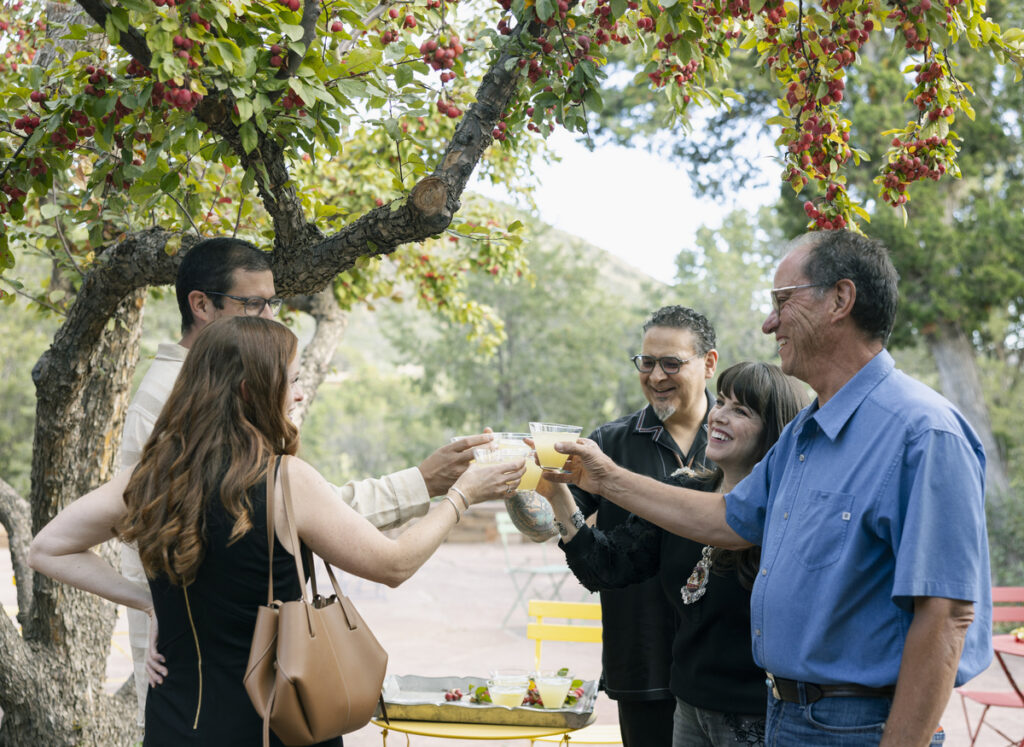
He immersed himself in the Spanish Colonial Art Society collections – then housed at the Museum of International Folk Art. It was there that he poured over works by past masters, figuring out how they did what they did, gaining inspiration for his own work. None of the artists are seeking to replicate the past, but rather to tell their own stories through traditional art forms – something which E. Boyd Curator and Museum Director, Jana Gottshalk, appreciates.
“These are traditional arts, and they’re all heritage arts, but they are evolving. If it’s stagnant, it can die out. And we need to encourage these traditional art forms to be seen through the lens of today.”
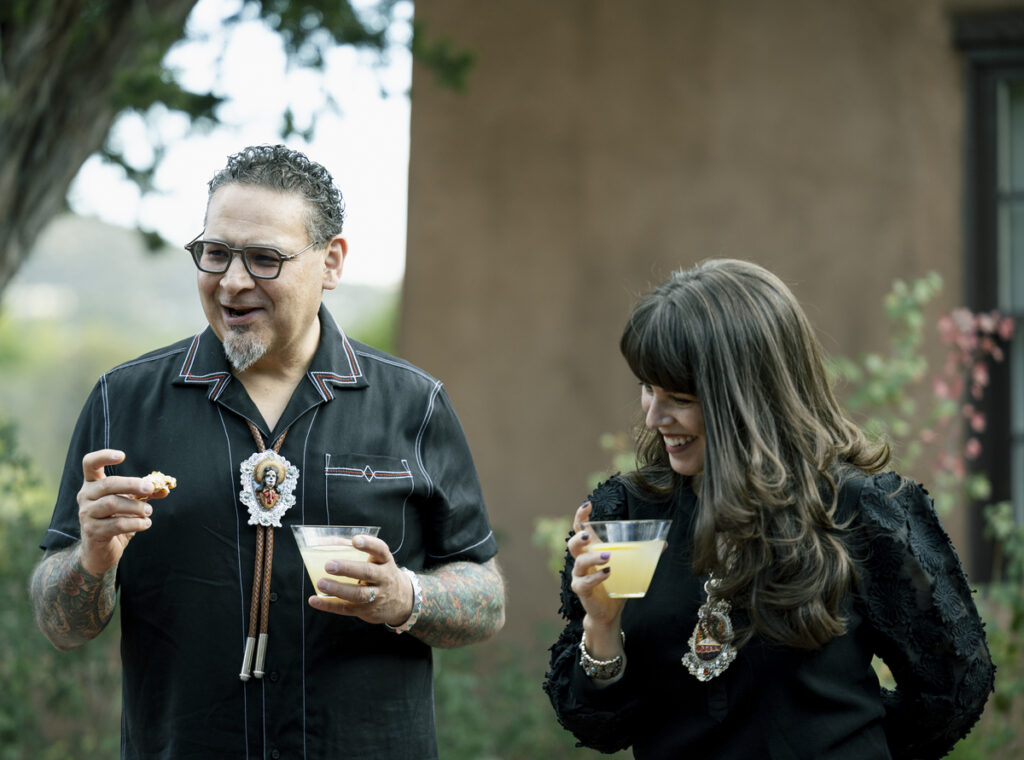
Impacting the Future With Art From the Past
Not only does the museum make their collections available to artists and researchers but also grants access to a library containing nearly 4,000 volumes. Work is underway to make that library an integral part of the museum and accessible to the public.
It’s all part of NMHAM’s mission to evolve with the community and to encourage future artists, like Jean’s grandchildren and the students who visit. And a recognition that these arts have always changed and reflected the artists and their age. As Jean says, “We want to preserve history and the past, but we also have to let the artists explore what’s happening in the world today and incorporate that in their artwork.”

The Artists’ Menu From Juicy Foods 505
Juicy Foods 505 created a vegan feast that celebrated the colors and flavors of summer for the Spanish Colonial Arts Society artists’ dinner. The food showed all the generosity that we’ve come to love from Chef Damian and Amy Herrara. And trust us, there was not a morsel left.
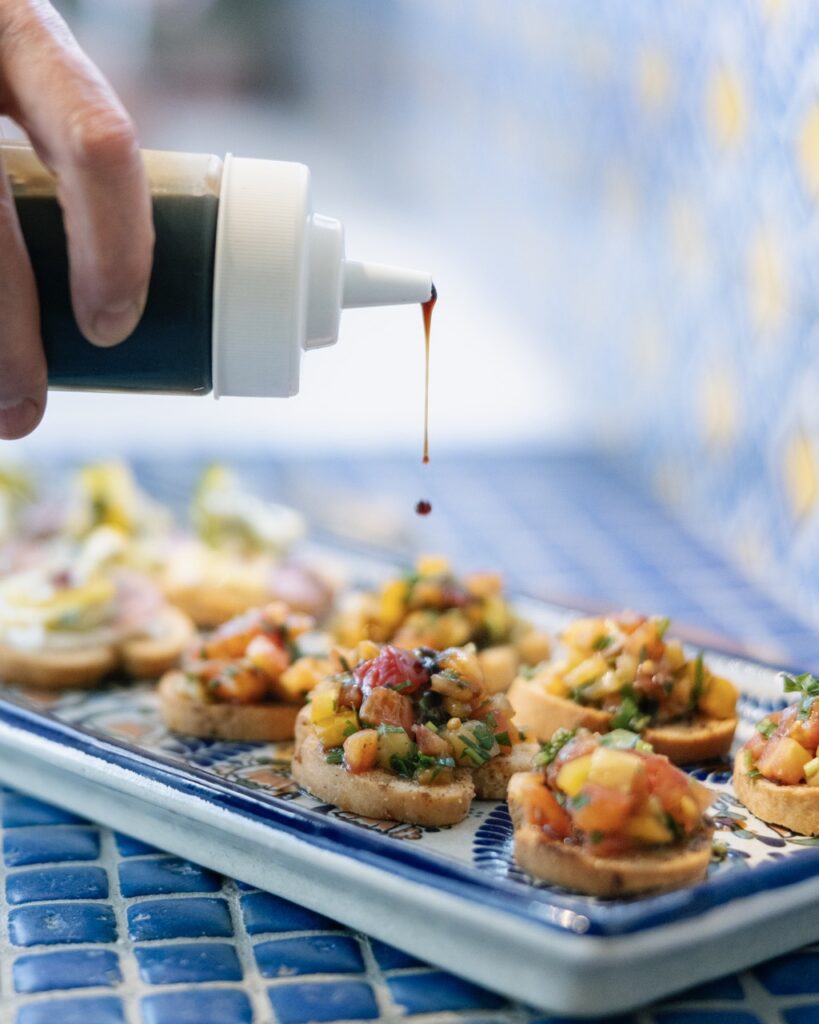
Starters
Heirloom tomato bruschetta with herbs, sun-cured olives, roasted red peppers, and hibiscus flower reduction. Zucchini and radish carpaccio with lemony almond ricotta and spicy sprouts.

Main Courses
Vegetable and bean pot pie with potato crust. Fire-roasted vegetable and potato croquettes with green chile and cilantro chimichurri. Fiesta cauliflower-stuffed acorn squash with harissa and herbed salsa. Rainbow carrot salad with crispy lentils, toasted pistachios, pickled red onions, and lime-salted dates.

Dessert
Chocolate pistachio tart with lemon thyme, raspberry sorbet.
Story by Julia Platt Leonard
Photography by Tira Howard
Food by Juicy Foods 505
Tableware Courtesy of Mediterránia
Subscribe to TABLE Magazine‘s print edition.
